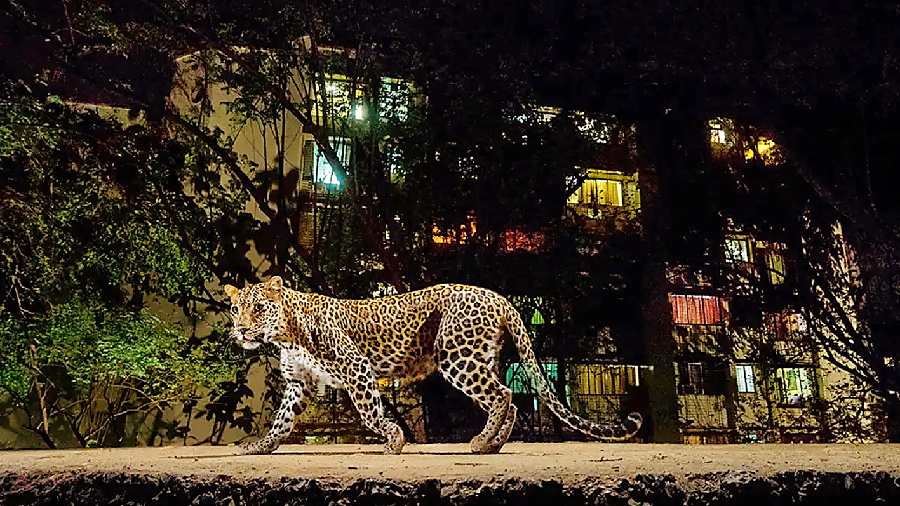Book: Crooked Cats: Beastly Encounters In The Anthropocene
Author: Nayanika Mathur
Publisher: HarperCollins
Price: ₹499
The title, Crooked Cats: Beastly Encounters in the Anthropocene, might attract the general reader. The book reads well. Some of the accounts of human-big cat encounters are chillingly similar to what played out recently in West Champaran district. A tiger allegedly killed nine persons in the district before being shot dead as per guidelines.
Nayanika Mathur is an anthropologist and Crooked Cats is essentially an ethnographic account of the Anthropocene where the big cats — leopards, tigers, lions — which have become ‘crooked’ for some reason, are at the centre of the question of how we are to comprehend a planet in crisis. A layperson like myself will struggle to comprehend that the Crooked Cats is an attempt to illuminate the Anthropocene as a method, as a way of reframing human-nonhuman relations on the planet, and as a political tool indicating the urgency of academic engagement. The Anthropocene, by the way, is an unofficial unit of geologic time, used to describe the most recent period in earth’s history when human activity started to have a significant impact on the planet’s climate and ecosystems. The International Union of Geological Sciences is yet to formally adopt the term. Officially, the current epoch is the Holocene that began after the last major ice age 11,700 years ago.
The book begins with the central question, why and how some big cats turn on humans as prey. I wonder at the question. Were humans not prey to large predators in the past? In the early stages of human history, humans in predator-rich environments would regularly encounter large carnivores and other predators. Being social helped keep larger primates safe. As human technology progressed and developed advanced weapons such as bows and guns, humans became predators. Large carnivores were intensively hunted. The animals that escaped human menace likely learned to become wary of our species. Those not wary of humans are ‘crooked’.
Humans have known that they are prey. Our current anxieties and fears are the result of having spent millions of years running away from predators. Our fear response is influenced by the ancient species we struggled to escape. When we see or hear or even perceive a sign of danger, hormonal reactions speed up the heart, increase blood flow to muscles, and cause hyperventilation to get more oxygen for quick reaction. The author possibly experienced all of this on a pre-dawn winter morning when she and her dog were on their way to the taxi stand in Gopeshwar. Most humans do not live in areas with large predators and the need to respond quickly to its presence by searching for it, hiding, or running away from it does not exist; yet fear is associated with hair-raising experiences. Once upon a time, when we still had fur, our hair stood on end and it made us look bigger.
The author’s research is primarily from Uttarakhand and Himachal Pradesh. Several references are made to the Sundarbans based on the works of other scholars because of a number of human casualties reported each year due to frequent human-tiger interactions.
One of the chapters is on the presence of big cats in urban spaces and the varied responses they elicit, ranging from indifference to attempts at coexistence, and extermination. Why these varying approaches to the same phenomenon? The book raises many important questions that academicians will appreciate










